Europe
The history of death photography
What would you do if someone you loved died? Would you strive to find some way to remember them? Would you engrave their name on a tombstone, or possibly tattooed on your body? Would you dress them up in nice clothes and prop their corpse up next to you so that you could take a photograph?
If you were living in the 1800’s, the answer to that last question was an emphatic “yes“.
There was a period in the mid-19th century when lovingly displaying the remains of deceased relatives in order to photograph them was considered a vital part of the grieving process. Which is why photos like this exist.
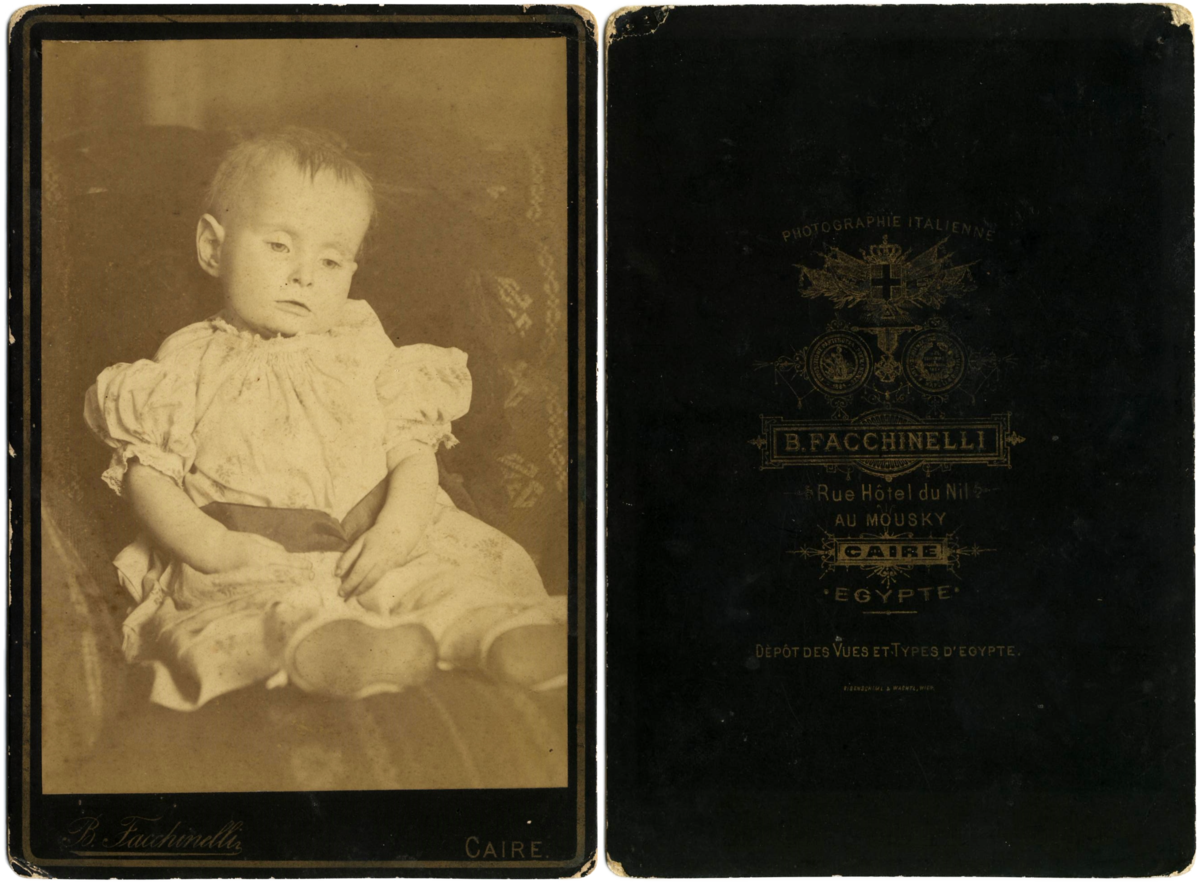
Image:Wikipedia
That’s a picture of the body of someone’s deceased child propped up with open eyes in order to look as alive as possible. And it wasn’t just children who sat for these sorts of mementos. It was the fashion at the time to take photos of any relatives that died, often while posed with other people or even pets.
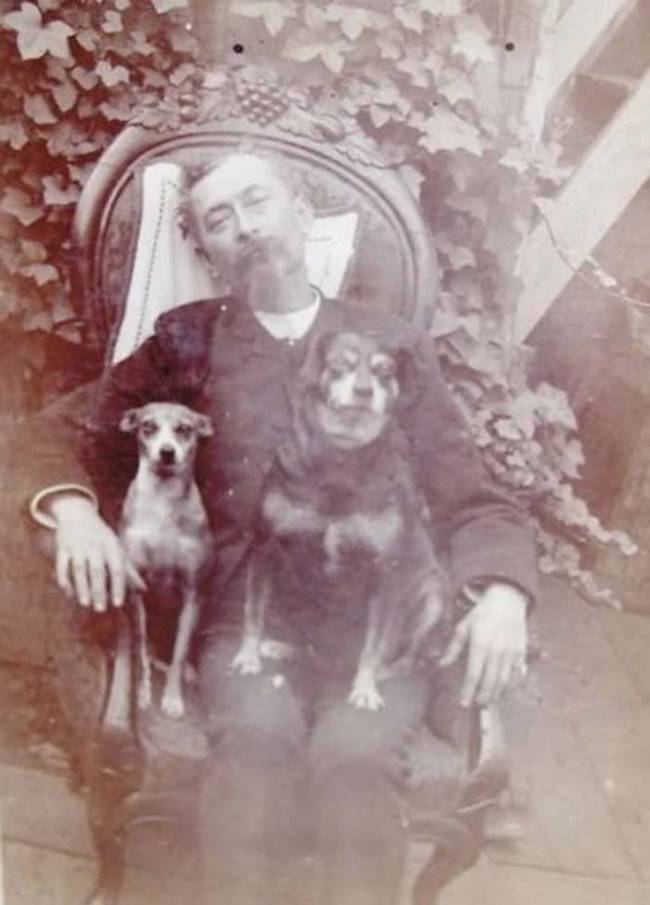
Image:Imgur
Often the family themselves would want to get in on the photo. And as much as you hate having to pose for pictures with your siblings now, imagine if one of them was dead at the time.
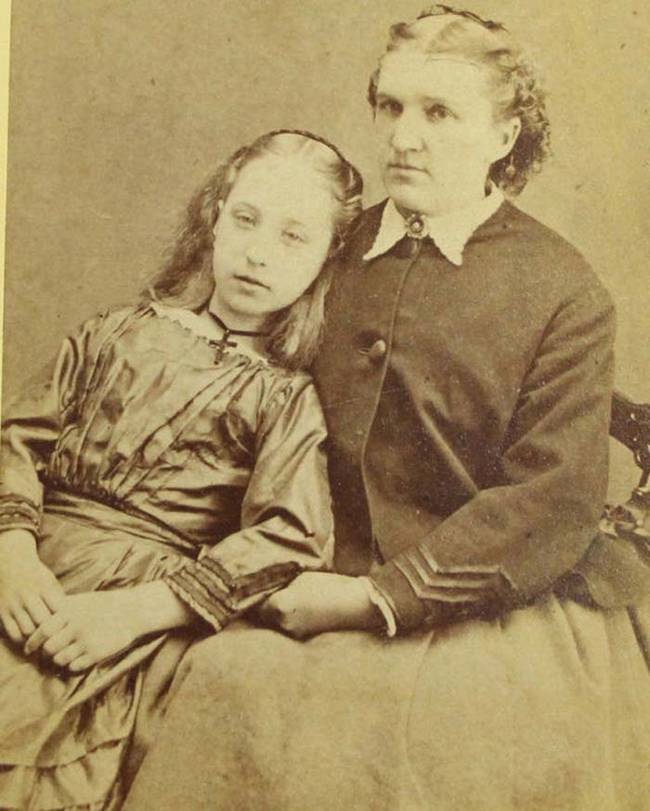
Image:Imgur
The goal of the post-mortem photographer was to make the subjects look as life-like as possible. You know, because looking at a picture with someone in it who looks dead is creepy. As long as they look like they’re alive it’s fine though. The results were often pretty convincing. Try to tell which of the people in this photo is alive.
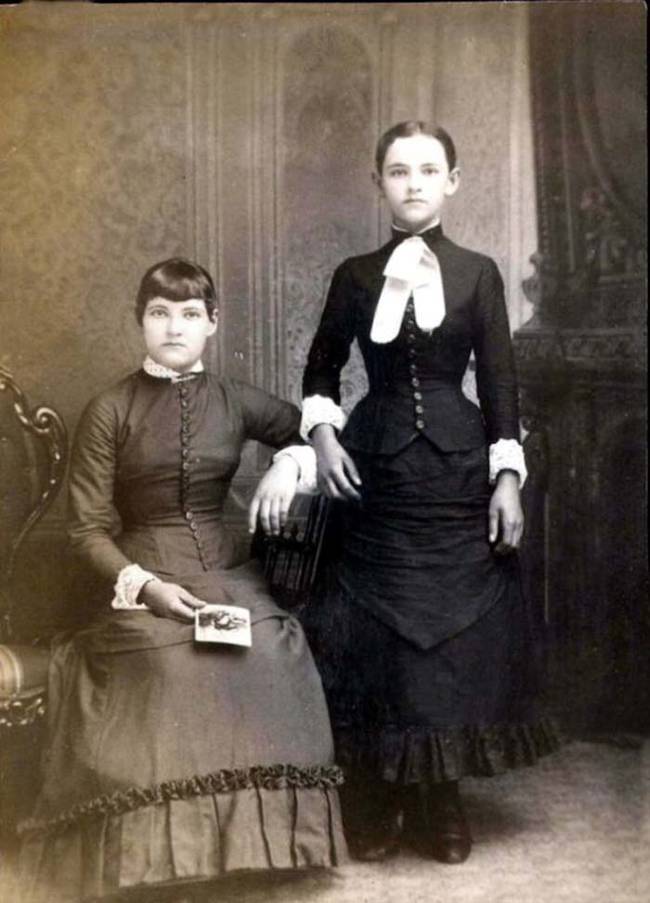
Image:Imgur
That was actually a trick question. The answer was neither. The photographers had a variety of methods to hide the fact that they were taking pictures of a corpse. They could often use some kind of device to prop the bodies up, as in the picture above.
And if all else failed, they could simply pretend the subject was sleeping.
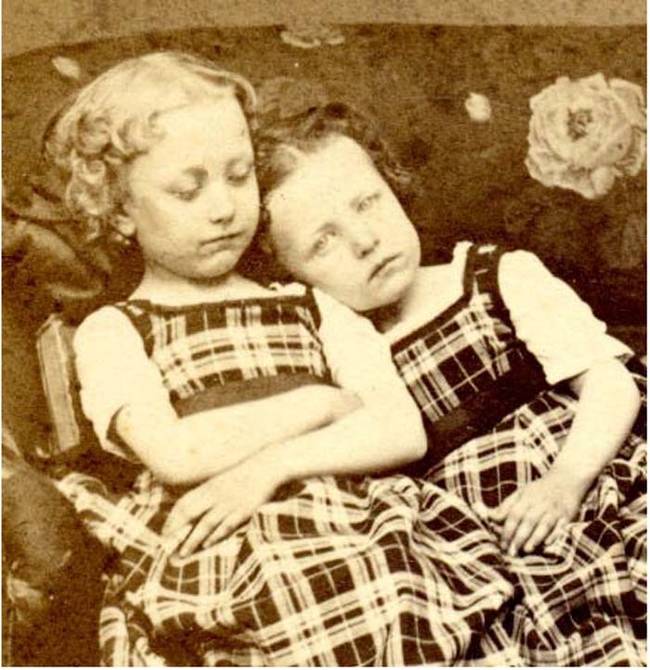
Image:Imgur
There were a number of different factors that made post-mortem photography fashionable.
First, a camera called the Daguerreotype had just been invented, which made personal photographs feasible and affordable for the first time. While we take the ability to get a photo of someone you love for granted, there was a time that the only photo you ever had of someone might be taken after their death because you had never had the chance to take one while they were alive. In addition, the long exposure times required to take a Daguerreotype required the subject to sit still for a long time, which was much easier to bear when you were dead.
People of the era also had a very different attitude towards death. It was much more common and in a sense personal at the time. While people today die in a hospital, in the 19th-century people died at home. It wasn’t the least bit uncommon to kiss your child goodnight and find them dead the next morning. While death was no doubt as heartbreaking for our 18th-century ancestors as it is today, they were much more comfortable with the reality of it. So holding your dead relative while someone took a photo wasn’t nearly as disturbing for them as it would be for us.
Post-mortem photography eventually died out as a fashion. Though by the turn of the century most people didn’t practice it, there were areas, such as Iceland and the Middle East where the practice continued until the years just before the second World War.
So the next time you are in your creepy elderly relative’s house and find an old looking picture of someone with glassy eyes and a vacant expression, you might just want to put it down. And possibly consult a priest.

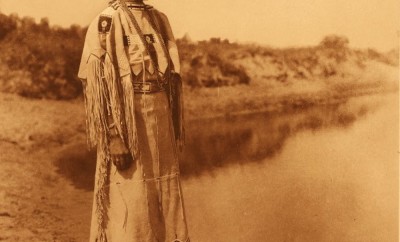
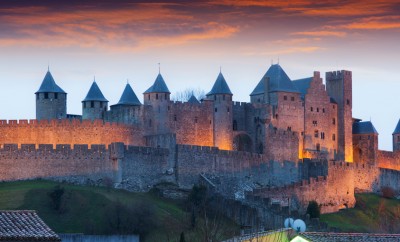
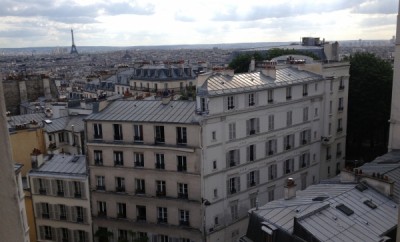

1 Comment